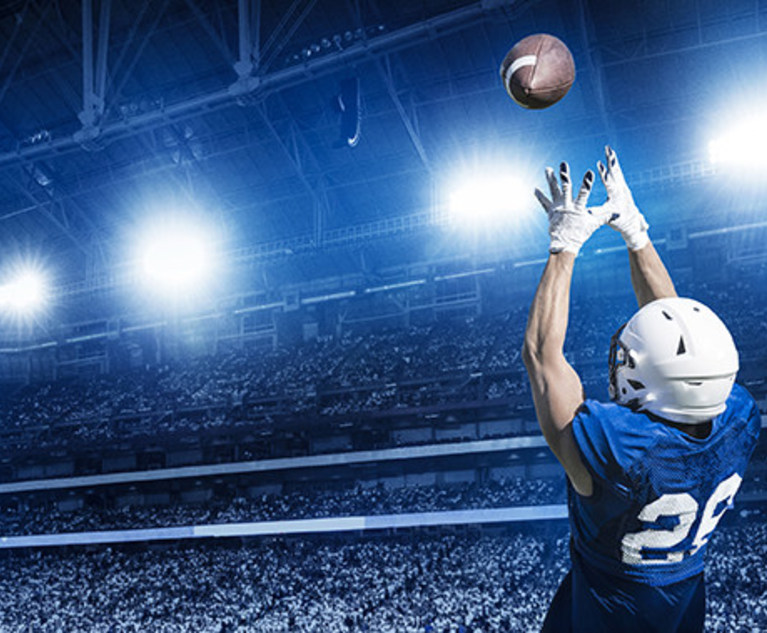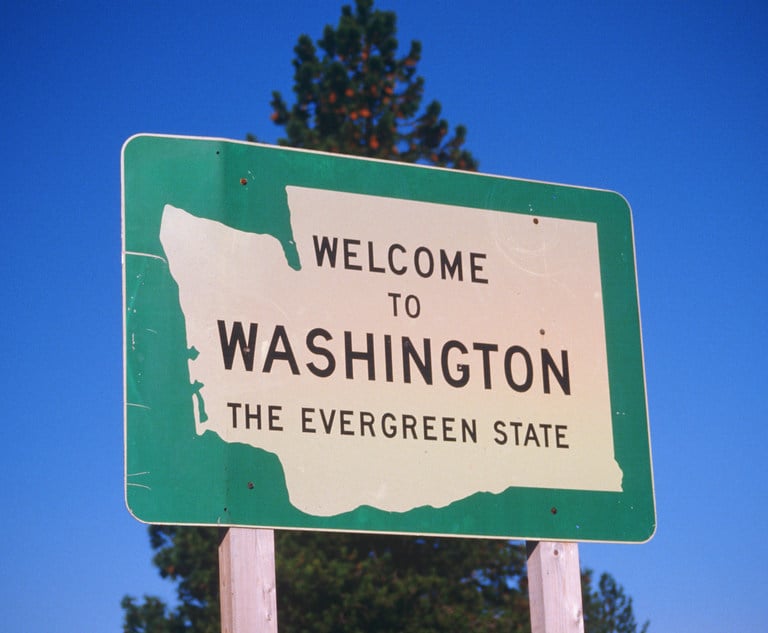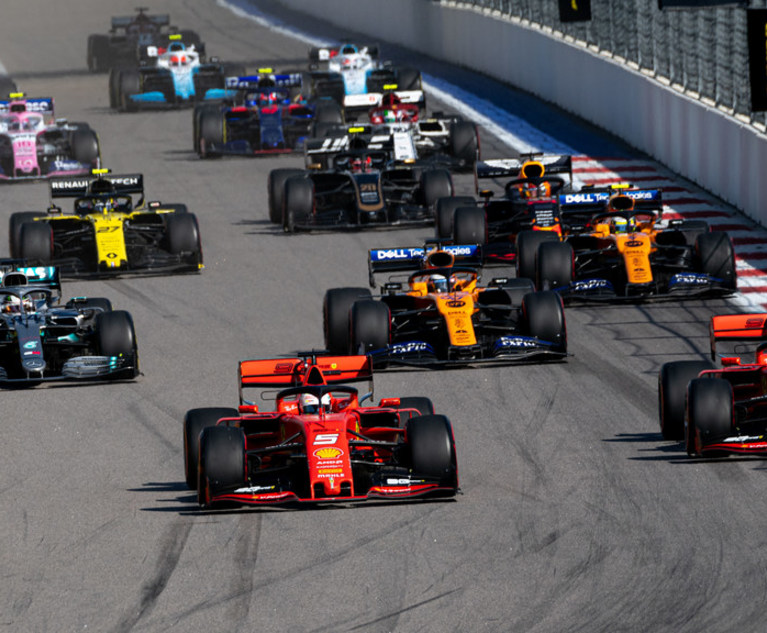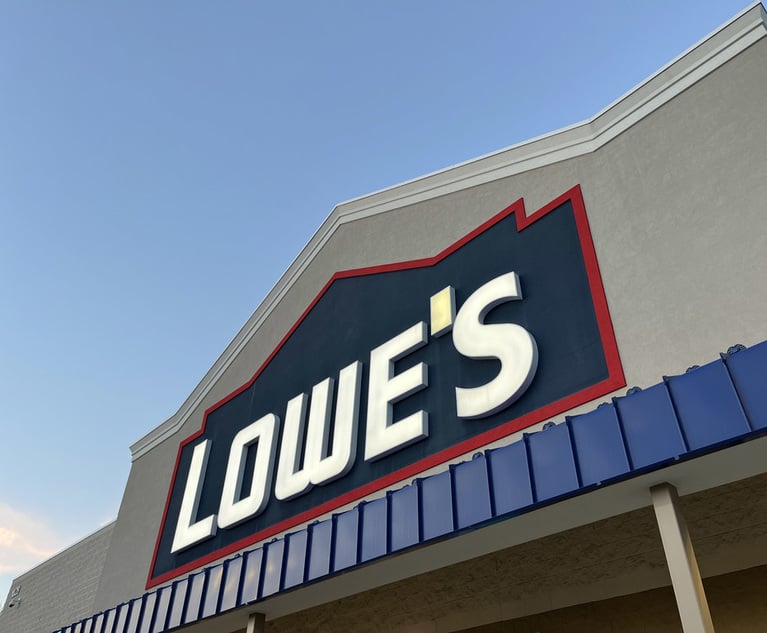in March, Kansas University and the University of South Carolina won national championships in men’s and women’s college basketball, respectively, in what has become not only the biggest event of the year in college sports, but of the sports year. Now, thousands of college athletes are entering the influencer marketplace for the first time. College athletes now find themselves attractive candidates in the fast growing influencer marketing arena. Industry experts estimate that this market grew to a $13.8 billion industry in 2021, with NCAA athlete advertising alone predicted to grow to $1 billion a year within five years. With influencer marketing potentially providing a 5x return on investment, many brands are eager to get into the industry, but it doesn’t come without risks. With the FTC Commissioner taking a closer look at the use of influencers for marketing, student athletes and brands should take care when entering into the influencer marketing arena. See, “Statement of Comm’r Rohit Chopra Regarding the Endorsement Guides Review,” Comm’n File No. P204500 (Feb. 12, 2020).
Beginning on July 1, 2021, NCAA athletes were able to start making money from deals that include their Name, Image, and Likeness (NIL). This was a major change. Previously, athletes who wanted to play for teams in the NCAA could not profit from their NIL without losing amateur status, and thus their opportunity to play. This change came about after states began passing NIL legislation and the NCAA lost 9-0 at the Supreme Court in the Alston case. NCAA v. Alston, 141 S. Ct. 2141, 2153 (2021). While the Alston case dealt with the NCAA’s restrictions of education-related-benefits on an antitrust basis, and not specifically NIL, the opinion and concurrence broadly signaled that any subsequent cases dealing with the NCAA’s restrictions of student compensation would be unlikely to end in the NCAA’s favor. Thirty states have NIL legislation currently in effect, with six more bills set to go into effect by 2025. The laws and policies around monetizing NIL vary by state and school, and have left a patchwork for student athletes to navigate going forward.









